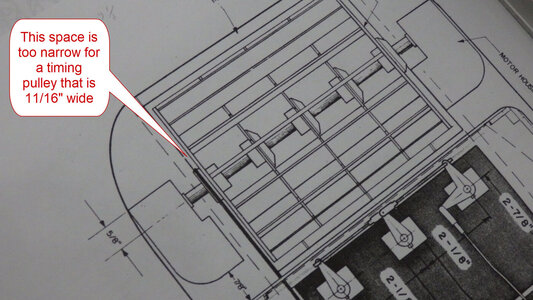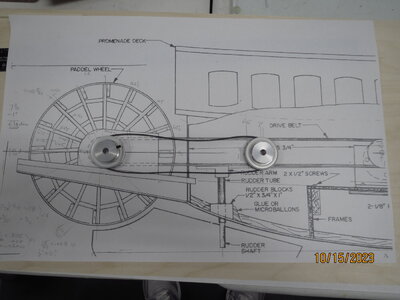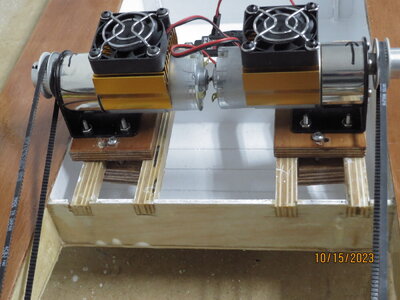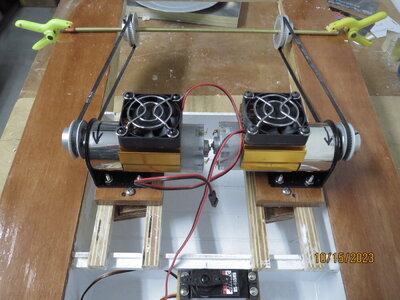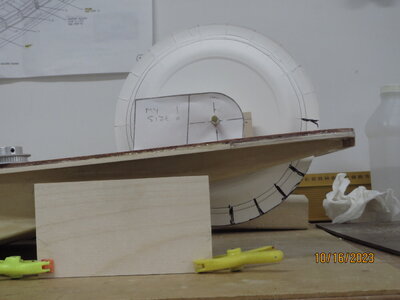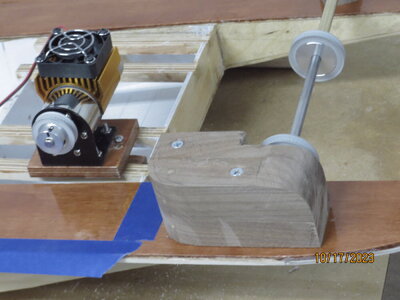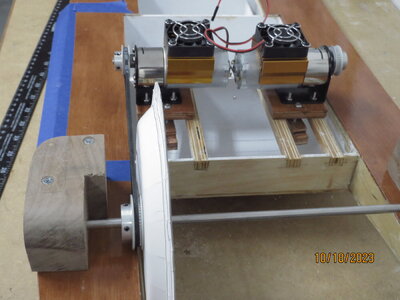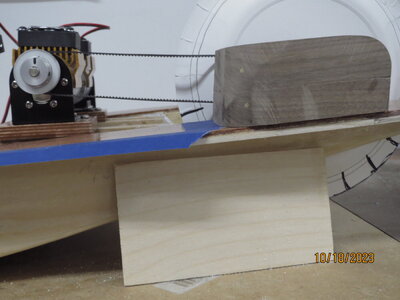Paul, I think I'm ready to order timing pulleys and a belt, but I have a question about that. The CQ kit uses a very narrow O-ring pulley on the paddle wheel, but my timing pulley will be almost 3/4" wide and won't fit. What are you changing to solve this problem? Are you making the complete wheel a bit narrower?
